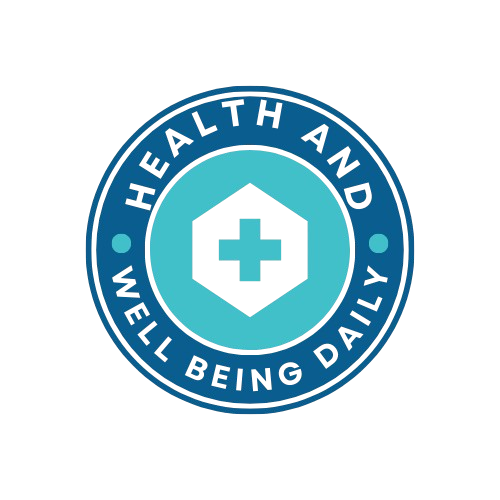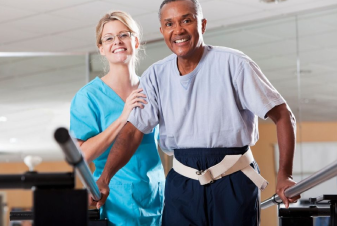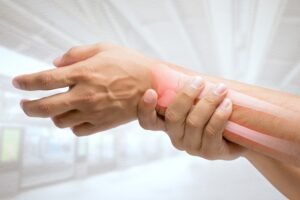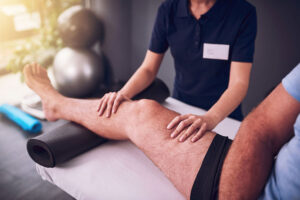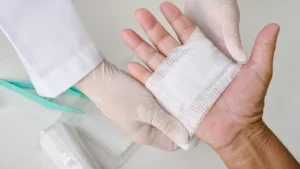Balance and gait disorders are common conditions that can significantly impact your quality of life. These disorders can make daily activities, such as walking, standing, or even sitting, difficult. They often stem from various underlying causes, including musculoskeletal, neurological, and vestibular conditions. In this blog, we’ll explore what balance and gait disorders are, their common causes, how they affect your life, and how physical therapy can help you regain stability and improve your quality of life.
What Are Balance and Gait Disorders?
Balance and gait disorders refer to difficulties in maintaining stability while standing or moving. Balance disorders typically involve a sensation of dizziness or vertigo, while gait disorders affect the way a person walks, leading to unsteady or abnormal movement patterns. These disorders are often interconnected, as issues with balance can lead to irregular gait patterns, and vice versa.
The vestibular system (inner ear) and somatosensory system (sensory input from muscles and joints) play key roles in maintaining balance. When either system is disrupted, it can lead to a lack of coordination, instability, and even an increased risk of falls.
Common Causes of Balance and Gait Disorders
- Vestibular Disorders
- Benign Paroxysmal Positional Vertigo (BPPV): This is one of the most common vestibular disorders, where small crystals in the inner ear become dislodged, causing dizziness and balance issues.
- Other Inner Ear Issues: Conditions such as Meniere’s disease or labyrinthitis can also disrupt the vestibular system, affecting balance.
- Neurological Disorders
- Parkinson’s Disease: A degenerative neurological disorder that impairs motor control, leading to shaky movements, slower reflexes, and impaired balance.
- Stroke: A stroke can disrupt brain function, impacting motor skills and coordination, which can lead to both balance and gait problems.
- Brain Injuries: Traumatic brain injuries (TBI) can lead to long-term balance and gait difficulties as well, due to disruptions in the nervous system.
- Musculoskeletal Issues
- Arthritis and Joint Problems: Conditions like osteoarthritis can lead to pain and stiffness, affecting posture and gait.
- Age-Related Decline: As we age, muscle strength and joint flexibility naturally decrease, making balance and walking more challenging.
How Balance and Gait Disorders Affect Daily Life
Living with balance and gait disorders can make simple tasks more challenging. From difficulty standing up after sitting to an increased risk of falls, these conditions severely impact daily mobility. A lack of proper coordination and balance can limit your independence, making it harder to navigate daily tasks safely.
Additionally, these disorders can affect mental well-being, leading to feelings of anxiety or depression, especially if the fear of falling becomes overwhelming. It is essential to address balance and gait issues early to avoid long-term health complications and further decline in mobility.
Diagnosing Balance and Gait Disorders
To effectively manage balance and gait disorders, it’s crucial to receive an accurate diagnosis. A comprehensive evaluation by a physical therapist is often the first step in identifying the cause of the problem. Your physical therapist will assess your movement, gait, and balance using specialized tests, such as the movement screen, which evaluates your posture, strength, and coordination.
In some cases, additional testing may be necessary, including vestibular testing to check for inner ear issues or neurological assessments to identify any brain or spinal cord-related problems. Understanding the root cause is key to determining the most effective treatment plan.
Treatment Options for Balance and Gait Disorders
- Physical Therapy for Balance Disorders Physical therapy is one of the most effective treatments for balance and gait disorders. Physical therapists use targeted exercises and techniques to improve coordination, strengthen muscles, and retrain the brain and body to work together efficiently.
- Vestibular Rehabilitation Therapy (VRT) If your balance issues stem from inner ear or vestibular conditions, Vestibular Rehabilitation Therapy (VRT) can be highly beneficial. VRT uses specific exercises to help your brain adapt to changes in the inner ear and improve balance.
- Strengthening and Conditioning Building strength, especially in the lower body, is essential for improving gait. Strengthening the muscles in your legs and core can help you maintain stability and prevent falls. Gait training and balance exercises designed by your therapist can help improve your walking pattern and posture.
- Fall Prevention and Lifestyle Adjustments Preventing falls is crucial for those dealing with balance and gait disorders. Your physical therapist can provide valuable tips on how to modify your home environment, such as installing grab bars or improving lighting. Additionally, wearing appropriate footwear and learning proper walking techniques can reduce the risk of accidents.
Benefits of Early Intervention and Treatment
The sooner you address balance and gait disorders, the better the outcome. Early intervention can help you maintain your independence, reduce the risk of falls, and improve your overall quality of life. Physical therapy offers long-term benefits, helping to restore function and regain stability.
By addressing balance issues early on, you can prevent the deterioration of your condition and return to your normal activities with improved strength and stability.
How Physical Therapy Can Help Restore Stability
At Osteopractic Physical Therapy of Central Indiana, our certified physical therapists specialize in helping patients recover from balance and gait disorders. Whether your symptoms are the result of a neurological condition, vestibular dysfunction, or age-related decline, our team can design a customized rehabilitation plan that addresses your specific needs.
Our physical therapists use movement screens and personalized exercises to improve your balance, strength, and coordination, helping you regain stability and return to your prior level of function. Life is all about balance, and we are dedicated to helping you regain yours.
Takeaway
Balance and gait disorders may seem overwhelming, but with the right treatment, recovery is possible. Whether caused by a vestibular issue, neurological condition, or musculoskeletal problem, professional evaluation and treatment can help you manage symptoms and improve your mobility.
